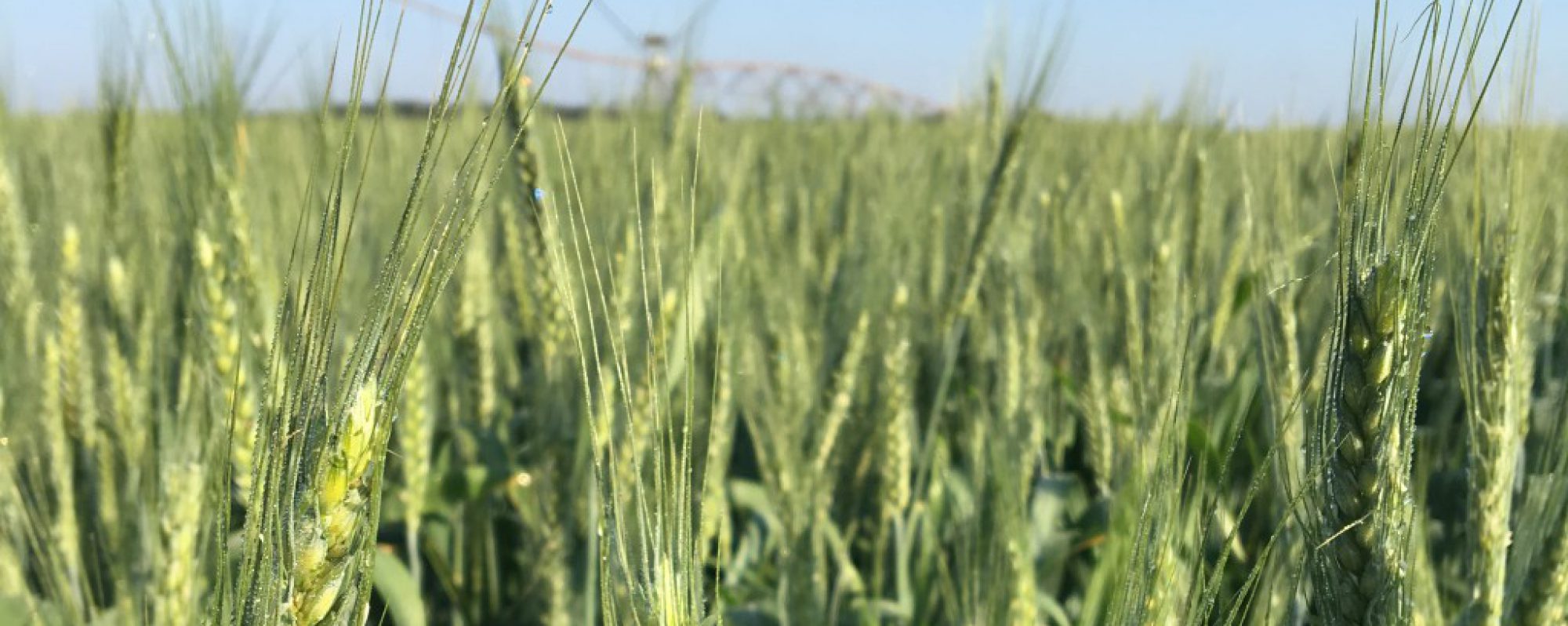I’m seeing quite a few insects in peanuts and we are getting damage from caterpillars now. This does not mean we are need to automatically spray. The first thing we need to do is scout our fields before we make spray decisions. There are still lots of beneficial insects out there that are helping us out. I want to show you some pictures and stuff to look for when you are out.
Potato Leaf Hopper
I’m seeing some hopper burn from potato leaf hopper. This insect feeds on that midvein and leave evidence of ‘hopper burn.’ This hopper burn is still seen long after the insects have left the field, so we have to know PLH are still there before we treat. There is no thresholds for these yet. I’m seeing about 10% hopper burn, which isn’t much. We probably wouldn’t need to treat until we have ALOT more. In a field I looked at since then, there was hopper burn, but no PLH out. Very important to scout.

Threecornered Alfalfa Leaf Hoppers
I’m also seeing threecornered alfalfa leaf hoppers – both adults and nymphs. TALH are a little bigger and easier to see. When adults jump and fly, they are hard to follow though. I was looking under the canopy for caterpillars and saw many nymphs. The nymphs are what causes most of the damage to the peanuts by girdling the stem. You look for dead vines or stems, and trace it down to a girdled stem. It is difficult to define thresholds for TALH so the decision is based on the number of adults, nymphs and stem injury. I’m not seeing any stem injury, but I am seeing adults and nymphs, all pictured below:



